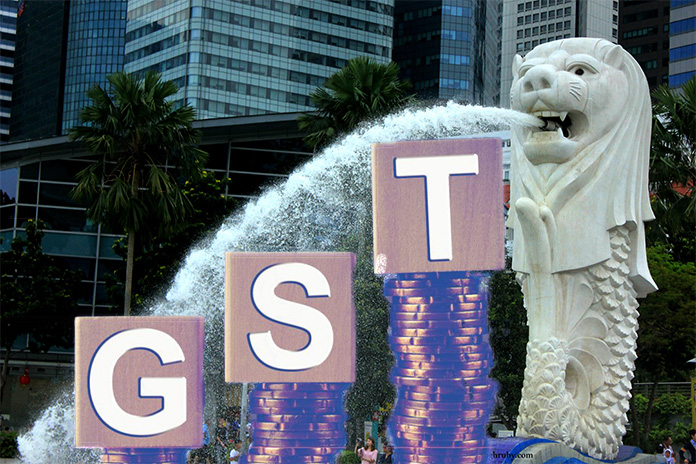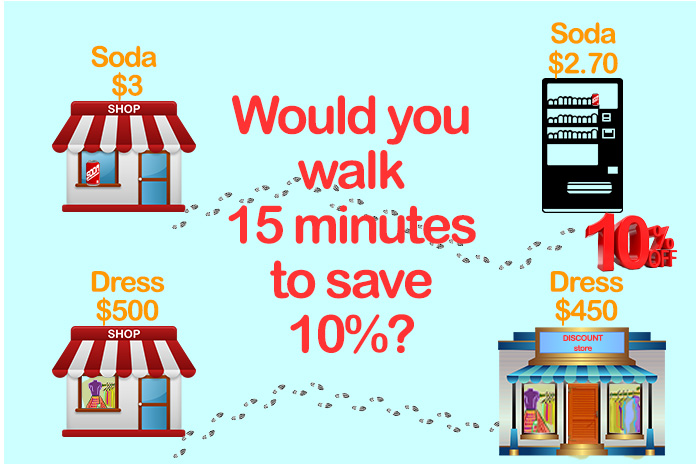
THE goods and services tax will go up to 9% by 2024. What impact will this have on individuals and businesses?
Taxes have historically always been a sensitive subject, since it is unavoidable.
While the past few years have been difficult for everyone, a GST increase of 2% definitely makes an adverse economic environment more challenging.
For the purposes of this article, let’s ignore the government’s phased-in approach designed to soften the blow and call it as it is, a 2% increase.
So how should we think about it? Here are some points to consider.
- The increase was suggested in February 2018 so the decision is less about building up depleted reserves after COVID and more about adjusting the tax scheme for a sustainable future.
- While the 2% step-up is significant (it represents a nearly 30% increase on a GST base of 7%) Singapore’s collective tax regime — income and GST — is still one of the lowest in the world. KPMG reports an average global GST of 19% with an average in Asia of 11.9%.
Unlike an increase in taxable income, an increase in GST does not decrease disposable income but instead marginally reduces purchasing power. Why is this important? Classical economics tells us that higher income taxes result in lower consumption as a result of lower after-tax, disposable income. This is not necessarily the case with a higher GST. Consumers’ disposable income is unaffected but their purchasing power is reduced by the amount of the GST increase. This may cause individuals to change their consumption choices, switching from premium brands to value brands. Their savings, investment and production choices do not need to change.
In other words, incentives to maximise their disposable income should not change but where and how they spent it might.
Business owners and individuals are the only ones who can say for certain how an increase in GST will impact their income allocation choices. However, behavioural economics tells us this is only what individuals believe they will do and not necessarily how they will act. In the end, the increase implies that households will pay an additional $2 in incremental GST for every $100 they spend.
I am not sure if that is enough for individuals to abandon their brands and venues or change their shopping habits.
Timing of the Tax Hike
Although the rate increase was announced in 2018, the decision of when to implement it couldn’t have come at a worse time. On the heels of a global pandemic, renewed global inflation and rumblings of an oncoming recession combine to make this increase more challenging. But the sooner it’s in effect it’s probably better for everyone — households, businesses and government alike.
As for the real impact of a GST hike, it’s really hard to determine that since there is an offsetting ripple effect from the government’s deployment of those tax revenues.
I am from Florida which has no state income tax since we are fortunate enough to have a large transient tourist population spending money and paying local sales tax. I saw a study once that claimed nearly 30% of San Francisco sales tax revenue came from visitors and hotel guests. Singapore is a travel hub and tourist destination with a large transient population, so I would imagine it gets a good chunk from visitors as well.
Multiplier Effect
What is the multiplier effect of government’s GST revenue? Is it enough to offset any impact to the overall economy?
I read that about 20% of Singapore’s tax revenue comes from GST, which amounted to $10.3 billion (B) in 2021. On a pro forma basis at 9%, the GST revenue would have been $13.2B, assuming consumption at the same level. The government plans to plow $8B back into the economy in the form of relief to select households. Those payments, along with the government’s intention to invest tax revenue into healthcare, education and infrastructure, should result in a nett positive effect to the overall economy.
Big businesses are likely best positioned to absorb the impact of a tax increase. Larger businesses are always better off than smaller business at dealing with exogenous shocks. This is why they are typically considered to be less risky and merit higher valuations in the marketplace. In financial and investment markets, size does matter.
It could be tougher for some SMEs and family businesses. If they offer good value with affordable pricing on products and services, they become a more attractive economical alternative.
During a recession and hard economic times, second-tier brands and discounters always do well.
Taxes always impact lower income households the most since they have proportionately less disposable income to spend. Again, the rate increase doesn’t impact disposable income however households may be inclined to trade down to discounted brands or delay large ticket discretionary purchases. In the end, I think it’s more about social conditioning for the consumer than actual economics.
How a GST Rise Affects your Buying Decisions
For small ticket items there will be little to no impact. Consumers will just absorb the incremental cost or trade down to lower priced substitutes. Larger discretionary purchases may be delayed.
For big ticket items, the impact will be bigger since the total number of tax dollars starts to look bigger and scales more with the base price. But big ticket items tend to be more discretionary in nature.

Relative Values
Here’s a question for you that might help frame the decision-making process. Imagine you are outside and want to buy a Coke at a 7-11 and it costs $3. Your friend tells you there is a vending machine a 15-minute walk away that sells the same coke for $2.70, 10% off the 7-11 price. How many people would make that walk? Now you are in a clothing boutique and eyeing a dress or a suit for $500. Your friend tells you that they saw the same item at another boutique 15 minutes away for $450, again 10% off from the first boutique. Would you make that walk? I would. You may argue that the percentage in this case matters because it’s a big-ticket item, which is correct.
Now imagine the difference is fixed. The Coke at the 7-11 is $3 but you can walk down the street for 15 minutes and buy another Coke for $1, a savings of $2. You might be inclined to do it. What about the dress or suit? It’s $500 at the first boutique but only $498 at the second, again a savings of $2. You might be surprised at the number of people who wouldn’t make the walk although the rationale is completely illogical not to.
Rick Marchese is a Professor of Management Practice at ESSEC Business School, Asia Pacific. He is also the founder of Lares Loreno Private Capital, a Singapore-based investment firm. His comments in this piece are based on his expertise in finance and the capital markets and not as an economist.




















